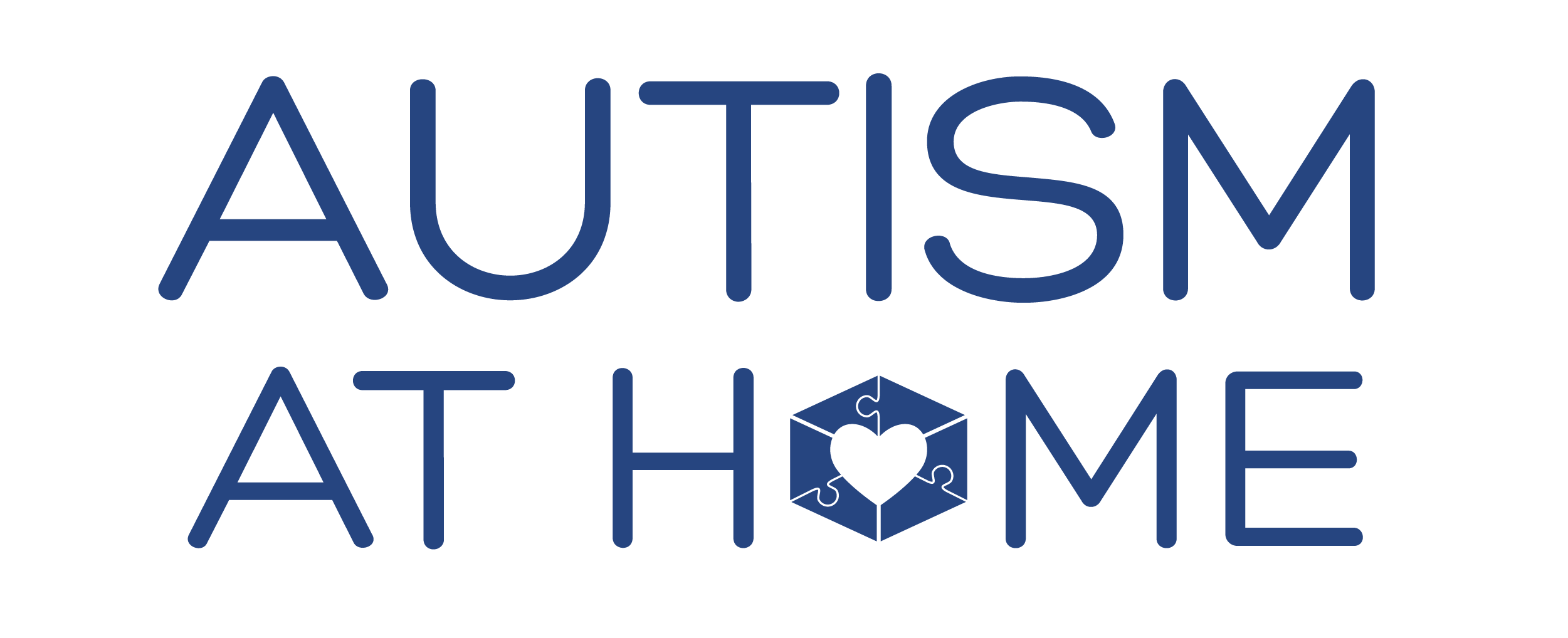Applied Behavioural Analysis (ABA)
A scientific approach based on operant conditioning, a principle where consequences have an effect on behaviours.
Autism At Home
Autism At Home is an online resource platform aimed at providing simplified tips and strategies to help families of children with autism teach and support their children at home. It is a non-profit initiative by The Hope Project, the non-profit arm of Early Autism Project Malaysia (EAP).
Board Certified Behavioural Analyst (BCBA)
A BCBA is a person with a certification in applied behavior analysis. BCBAs receive this certification through the Behavior Analyst Certification Board.
Breaking Skills Down
The first key strategy of ABA, involving teaching any skill to a child in a broken down, step-by-step manner.
Building Blocks of Learning
A progression, or sequence of skills, a child needs to learn, beginning with foundational skills of motivation, cooperation, imitation and attention, followed by more complex skills like language and communication, play skills, social skills, daily living skills and academic skills.
Desired Behaviour
Behaviours you want a child to demonstrate, such as sitting nicely at the table, using their words for what they want and waiting for what they want.
Early Autism Project (EAP) Malaysia
Our private company based in Malaysia, offering Applied Behavioural Analysis (ABA) therapy to children with autism. Find out more.
Extinction
The practice of removal, or extinction, of attention to a child, usually when they are engaging in an inappropriate behaviour. This means to not look at, turn one’s body towards nor speak to the child. It is recommended to pair extinction with redirection.
Extinction Burst
A process where when you start extincting the inappropriate behaviour, it starts to get worse and worse at first. Then, eventually the behaviour reaches a point where it ‘bursts’, or it reaches its maximum peak, usually when the child gets too tired, or they realise their behaviours are not working. At this point, the behaviour starts to decrease and reduce, making it much easier to calm the child down. Every child is different and have different durations until they reach their extinction burst.
Follow through
The practice of ensuring your child complies by the instruction you give the first or second time. This may involve physically guiding the child to complete the instruction if they do not listen to the adult the first time.
Learning Station
An area of the home set up for 1:1 teaching with a child, that maximises learning and reduces distractions.
Negative consequence
A consequence to a behaviour where you take something away, such as removing your child’s toy, snack or your attention.
Play Stations
Areas, or little corners of the home, dedicated to specific play or toy activities, such as reading, arts and crafts or kitchen play.
Positive consequence
A consequence to a behaviour where you add something on, such as giving the child a toy, snack or your attention.
Practice
The third key strategy of ABA, practice involves practising a skill you want to teach your child at a set number of times every day.
Punishment
An approach that involves scolding, hitting, shouting at, giving a stern look, or similar with the intention of using fear, shame or guilt to motivate an individual to stop engaging in an undesired behaviour. On Autism at Home, we do not recommend this approach for safeguarding reasons, and because undesired behaviours can sometimes increase, not decrease, as a result of the attention given during punishment.
Redirection
The practice of redirecting, distracting, or switching a child’s attention on to something else. This may include redirecting them onto a preferred toy, or to follow what is next on the schedule. Redirection is usually paired with extinction.
Reinforcement
The second key strategy of ABA, reinforcement is anything provided to an individual they want and are motivated by. This can include tangible, social or automatic (self-reinforcing) reinforcement.
Social Story
An individualised short story that depicts a social situation a child with autism may encounter. Social stories can be used to teach expected skills and prepare the child for upcoming changes or events. Social stories were first introduced by Carol Gray in 1991.
Tangible
Something that is physical and can be touched. This can include toys, food, and screen time.
The Hope Project
The non-profit initiative arm of Early Autism Project Malaysia, seeking to make world-class services for autism accessible to all. Find out more.
Undesired behaviour
Behaviours you do not want a child to demonstrate, such as aggressive behaviours like hitting, or inappropriate/dangerous behaviours like jumping on the sofa.
Visual card/reminder
A visual card or reminder is a picture usually placed in highly visible places for the child, such as their table top, a piece of furniture or the fridge, to remind them of expectations while in that area or around that object.
Visual schedule
A schedule using pictures showing your child what is coming up and what they need to do. These can exist in the form of daily schedules (i.e., activities for the day), schedules for activities during a set learning time, or schedules for daily living routines like washing hands and using the toilet.
